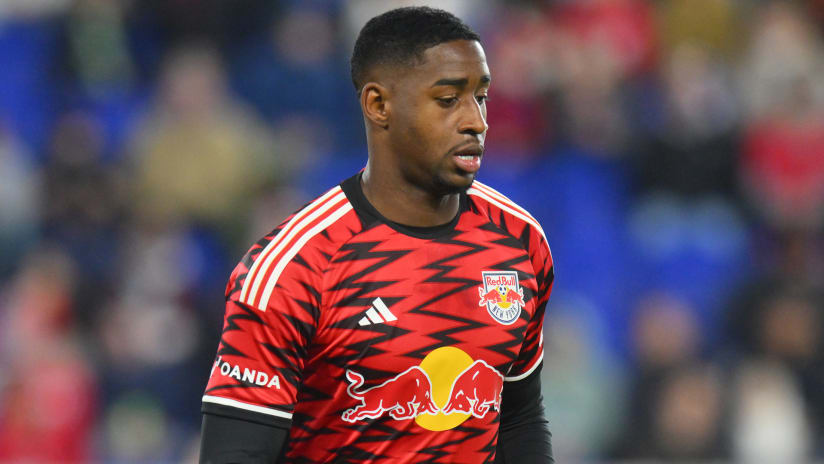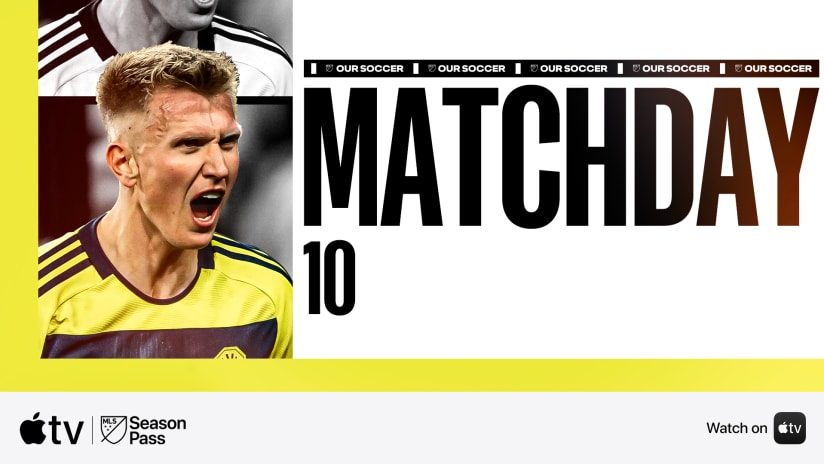From MLS: Major League Soccer is affiliated with the United States Soccer Federation (U.S. Soccer) and as such has its Game officials assigned by U.S. Soccer, which also has the responsibility for education, training and the assessment of officials according to FIFA requirements.
FIFA continues to modify the rules of soccer as the game changes due to developments of coaching tactics and strategies; improvements in equipment; increases in the size, strength and speed of the players and, most importantly, developments in playing skill. Most recently, changes have been made to limit the activities of goalkeepers, decrease delaying tactics and modify the interpretation of the offside rule to further promote attacking soccer.
The attached memo from Alfred Kleinaitis, Manager of Referee Development and Education for U.S. Soccer, addresses the goal scored by Youri Djorkaeff of the New York Red Bulls last weekend at RFK Stadium against D.C. United. U.S. Soccer has consulted with FIFA in regard to the contents of this memo and will instruct its referees accordingly in two conference calls scheduled April 13. In its annual team meeting with the Red Bulls, MLS staff discussed changes in the offside rules with the Red Bulls with the understanding that the interpretation of interference with play or an opponent remained a decision for the referee based on many variables as further explained in this memo.
The modification of rules and its interpretation is an ongoing process based on events on the field as explained above and MLS appreciates the work of U.S. Soccer in this regard.
It was a magnificent direct free kick by the Red Bull's Youri Djorkaeff (No. 10). The shot from 30 yards out sailed untouched into the upper left corner of the D.C. United goal and represented the kind of exciting play that makes soccer "the beautiful game."
Unfortunately, the goal should not have been counted due to a violation of Law 11 (Offside) by two Red Bull attackers who were in an offside position at the time of the restart and who interfered with the United goalkeeper Troy Perkins.
View the goal: 350K
There is no dispute that Red Bulls Chris Henderson (No. 19) and Seth Stammler (No. 6) were in an offside position at the time of the free kick. Both attackers were just inside the goal area with Henderson virtually in line between Perkins and the location of the free kick while Stammler was farther to the right. This put Henderson less than six yards in front of the goalkeeper.
There was no strategic or tactical reason for these positions, nor had the players in question placed themselves in these positions as a result of dynamic play. It was a ceremonial restart and the positions of these players were deliberately chosen.
According to Law 11, a player in an offside position is not permitted to engage in any of the following activities:
• Interfere with play (playing or touching the ball). Neither attacker did this.
• Gain an advantage (playing a ball that rebounds from the goal post, crossbar, or defender). Neither attacker did this.
• Interfere with an opponent by clearly obstructing his movement. Neither attacker did this.
• Interfere with an opponent by clearly obstructing his line of sight. Henderson blocked the vision of the United goalkeeper.
• Interfere with an opponent by making a gesture or movement which, in the opinion of the referee, deceives or distracts an opponent. Both Henderson and Stammler, by deliberately moving to this particular offside position solely for the purpose of diverting the United goalkeeper's attention, violated this requirement.
• The referee should evaluate whether or not a player in an offside position interferes with the opponent or play. The referee, before making a decision, must also consider the following additional variables:
1. Position of players on the field
2. Distance of the attacking player from the opponent(s), and
3. Flight of the ball.
For these reasons, the goal by Djorkaeff should have been disallowed.
The foundation for correctly deciding whether an offside offense has occurred is the opinion of the referee, but that opinion must be formed by the guidelines as stated above.










